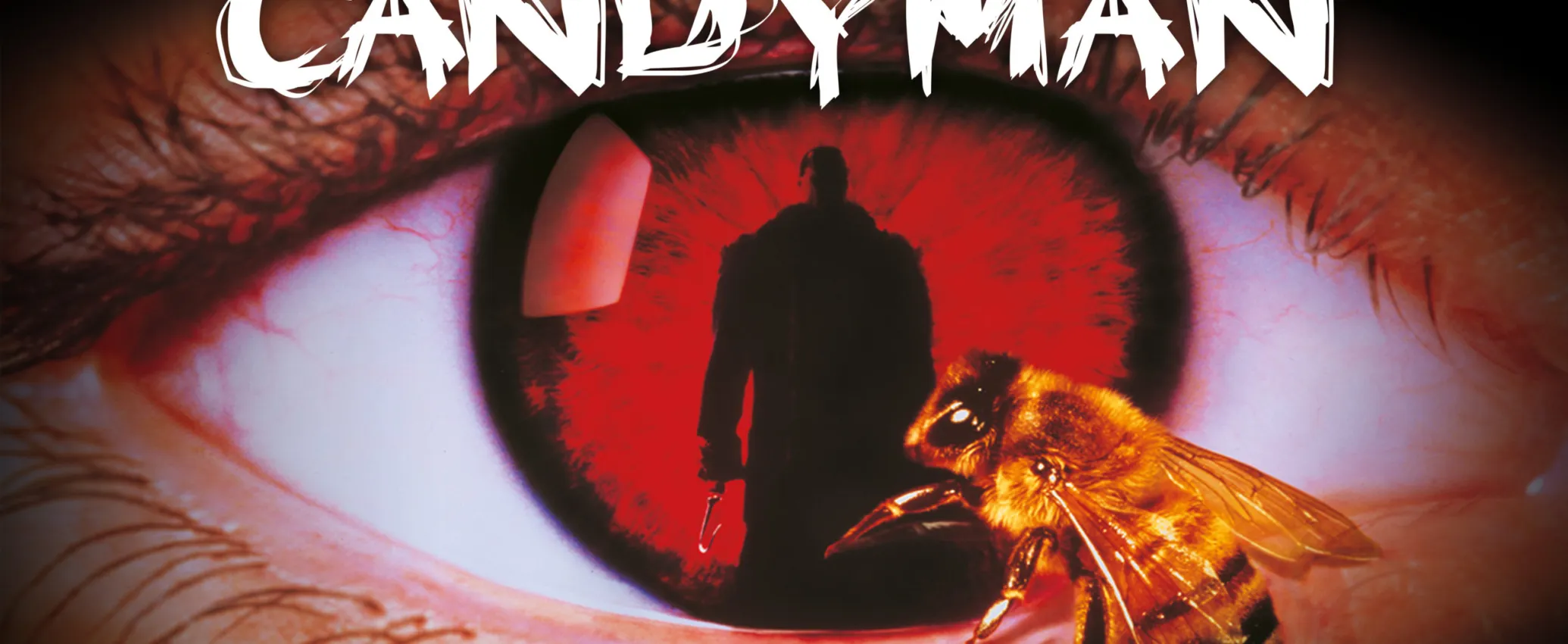In 2004, Leigh Whannell and James Wan aligned with each other for the first installment in the Saw film series, with Whannell devising the screenplay and Wan in the director’s chair, the story they both created paved the way for a franchise juggernaut. The film received mixed reviews from critics, although many of them regard it as the best film in the series overall. Audiences flocked toward the concept, allowing the film to gross over one-hundred million dollars from a production budget barely over a million.
The battle fought was grueling to say the least, with producers Hoffman, Burg, and Koules mortgaging their Highland Avenue headquarters for the film. Their studio eventually became Twisted Pictures, you’ll no doubt recognize their barbwire-riddled logo on screen. The concept wasn’t the hardest sell for the film, as Wan and Whannell reportedly received superior offers from companies like DreamWorks and Gold Circle Films, but it was the idea of allowing newcomers Wan and Whannell have creative control. Over a decade and a half later, Leigh Whannell is hot off his critically acclaimed film The Invisible Man (review here) and James Wan is rolling in dough from a billion-dollar superhero film Aquaman (review here). I would say that they were a gamble that paid off.
Starring Leigh Whannell, Danny Glover, Monica Potter, Michael Emerson, Ken Leung, Cary Elwes, and Tobin Bell, the film was shot in eighteen days, a considerable feat to say the least. The film follows two men who awake to find themselves chained in a bathroom. This is all the work of the infamous Jigsaw Killer – a devious man who creates elaborate traps in-order to test his victims. His signature is carving into his victim’s skin in the shape of a puzzle piece whereas his mission statement is to teach his victims not to take their lives for granted. Meanwhile, a grizzly Detective David Trap embarks on trying to unravel the mystery for himself.
The film is infamous for starting the “torture porn” fad in the horror genre (a derogatory stamp I am not really a fan of), which is unfortunate given the tangled yarns the series proves itself more interested in. It isn’t exactly nuanced enough to offer a sophisticated, in-depth psychological study on the Jigsaw Killer and his belief-system, but it is an interesting motivation, in spite of that. There’s shades of Seven and detective thrillers, and although they aren’t always enacted well, I found myself engaged by them.
Tobin Bell does very well in his performance as The Jigsaw Killer, and, even if he isn’t a slasher villain, per se, I do believe the film offers a creative and unique way to branch off with a similar concept. The horror genre has mostly embraced Kramer right there with madmen like Michael Myers or Freddy Krueger, and Tobin’s philosophical yarns, however superficial or flawed they may feel, feel fully embraced by the character and the actor himself. His morality and its justification offers him a layer that feels problematic, but confident.
The film isn’t without certain setbacks. The low-budget permeates from every shot, with visual tricks and contrivances around every corner to camouflage the fact. Oftentimes, I believe the graininess and quick-edits offer a certain distinct charm to the film, which is no doubt why it has since been adopted as series trademarks. They aren’t for everyone and they can definitely overdo it, but I don’t think they are necessarily as egregious in this film as what they become later on.
The flashbacks and twists are an unsteadiness of hand. It does everything it can to surprise you and entertain you, and while I believe it is enjoyable while the film unfolds, I found myself reflecting its absurdity in hindsight.
The acting is hit-and-miss, with Danny Glover and Tobin Bell offering the highlights, and Leigh Whannell and Cary Elwes offering the worst of the bunch. Leigh Whannell was a key ingredient in the film, but it wasn’t as an actor, offering a performance I feel occasionally threw off the entire film. The film calls for a grittier, more reserved portrayal, whereas his performance feels more hammy and removed. This isn’t a constant throughout the film, but it was apparent on more than one occasion. This could have been partially due to the time constraints they faced for the film. Luckily, as said, veteran actors Glover and Bell were more than up-to-task to carry the load.
I don’t know if I would call it a great film, but it was a solid freshman effort for both Whannell’s as a writer and James Wan as a director, with a icon-debut of the John Kramer character and Tobin Bell as a new face of horror, complimented by a handful of memorable scenes to boot. It is a solid, nicely crafted film, and I would recommend it.





